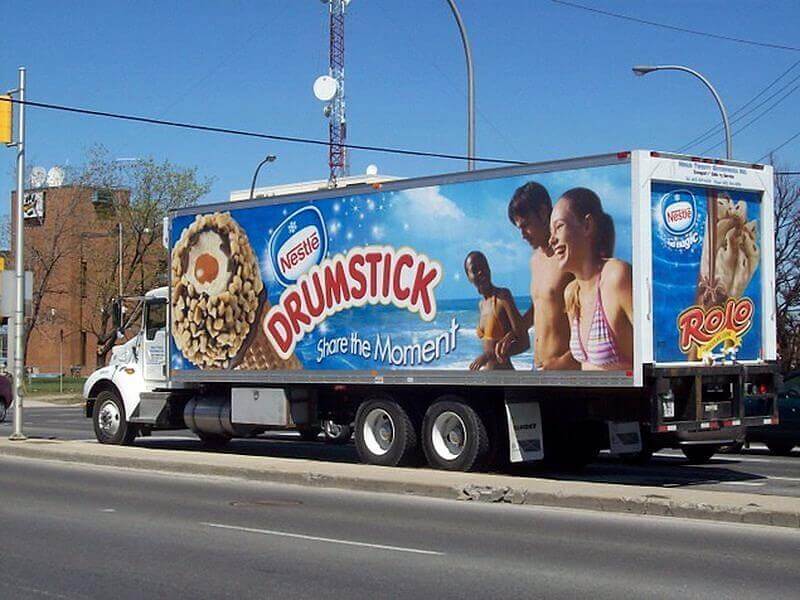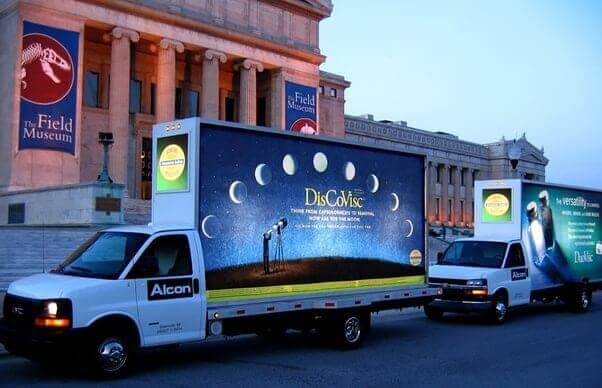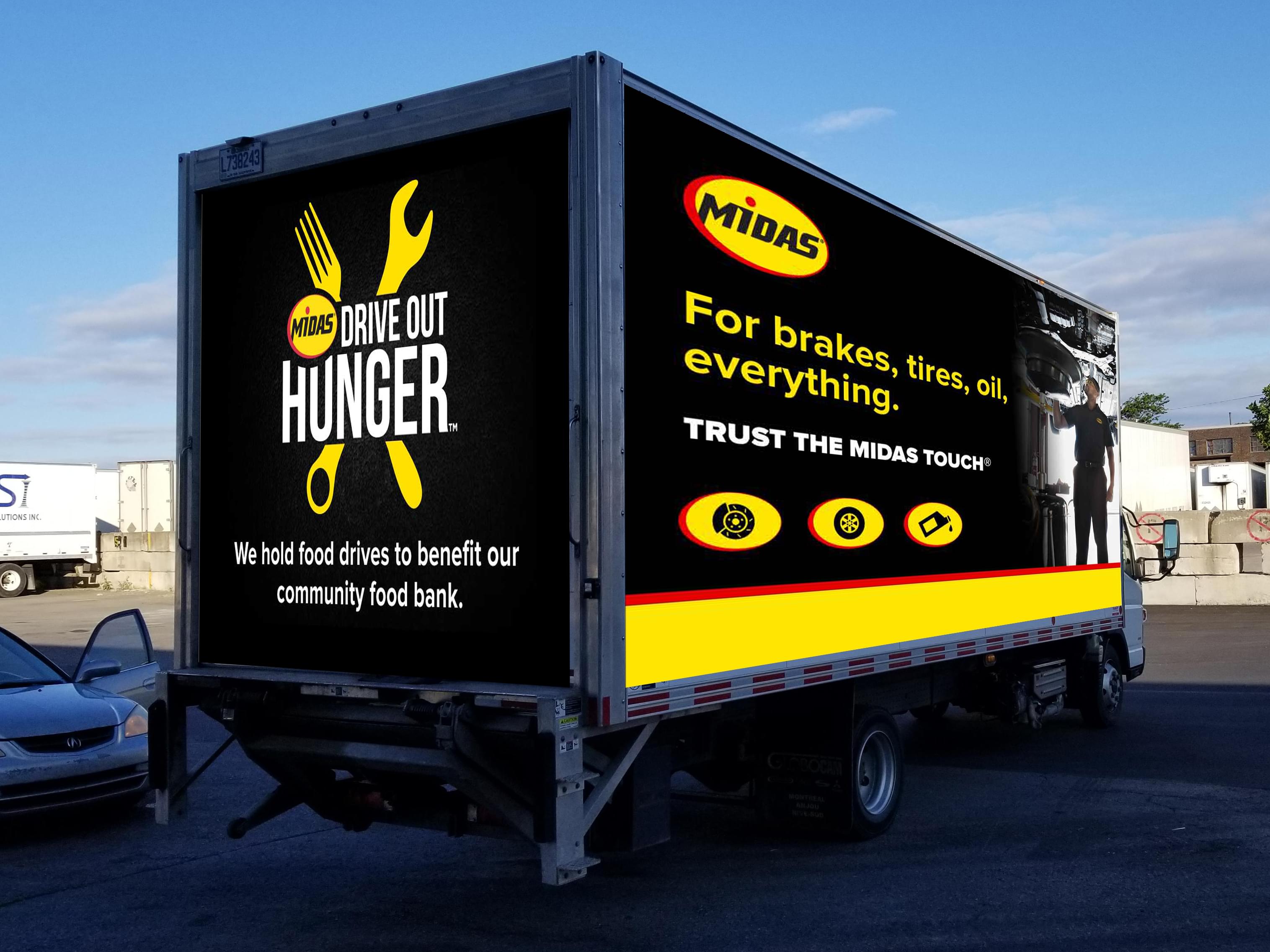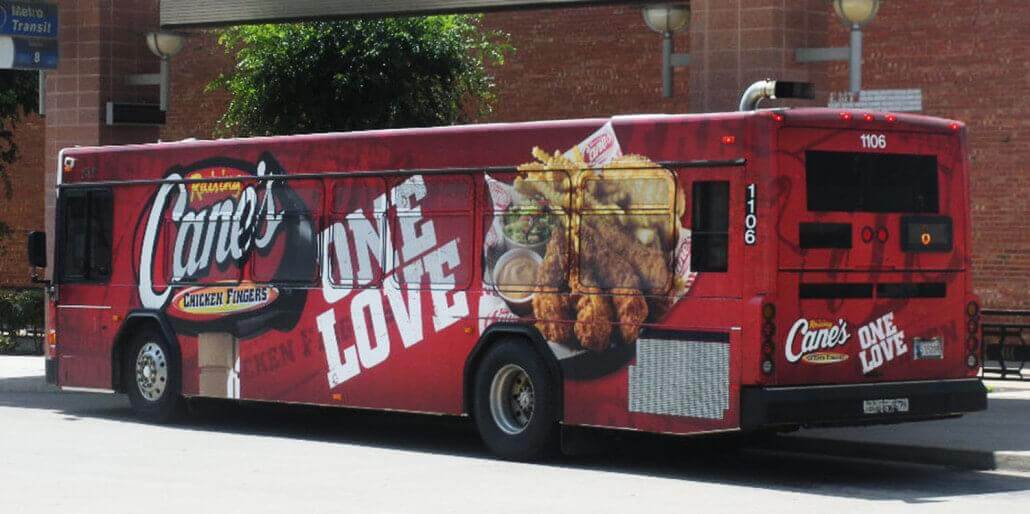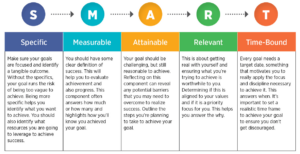
In the realm of out-of-home (OOH) advertising, mobile billboards, and bus advertising stand out as two prominent and effective mediums for reaching a diverse audience. Both offer unique advantages and strategies for brand exposure, but understanding their differences and strengths is crucial for making an informed advertising decision. Let’s delve into a comparison of mobile billboards and bus advertising to help you determine which option aligns best with your brand’s goals and target audience
Billboards are the best way to inform viewers about businesses, promotions or products and, hence, are the most feasible choice to post advertisements. The types of advertisements meant for a certain business can range significantly, and you must see which platform fits best with your company. As a business owner, figuring out what the best type of advertisement is for your business can be difficult. Something may end up working better for your business than what you may have originally thought of. Even though it may be tricky to decide what works best for your company, you need to keep advertising in some way in mind. Here we will talk about two kind of advertising that could work simultaneously and help benefit your business model.
Mobile Billboards:
Mobile billboard advertisements are installed on the sides of trucks, which are usually in the service of delivering and transporting goods. Truck advertising is very simple in application (usually printed billboard sheets) and can be changed any time. The use of vinyl is a feature that makes these ads stand out because of their bright, adjustable, and protective qualities. Whether you want to cover one side of the truck or build a creative 3D advertisement, truck advertising offers this.
Advantages:
- Low cost: this from of mobile billboard advertising offers the lowest cost-per impression
- Incredible eye-level visibility that breaks through the clutter for both pedestrian and vehicle travellers, intersecting consumers directly along path to purchase
- Inventory is available anywhere in a market and in multiple markets – mobile billboards can drive anywhere!
- Ability to go where other OOH is scarce – plus, no need to wait for a prime inventory location to become available
- Advertiser doesn’t need to share the media space with any other advertisers; both sides of unit are fully dedicated to your brand
- Flexible flight lengths for short or long-term campaigns. Strategic routing that considers an advertiser’s precise audience
Disadvantages:
- While these trucks spend a lot of time on the road, they also spend certain time in docks unloading and loading cargo
- A pricier set up cost can make these mobile billboard rates expensive for short term campaigns
Mobile billboards have a lot of benefits but also can have some disadvantages, like anything in life. In order to pick the right choice for your company you need to know what your goal is for the campaign and who your target audience is. While all forms of mobile billboards are very effective, truck advertising offers businesses the lowest cost-per-impression which makes it attractive to small and big businesses, and will also be a great addition to your advertising mix.
Bus Advertising:
Bus wraps are an advertising technique that implies partial or complete covering of a vehicle in a promotional poster. It can be painted or covered with a large vinyl sheet. Although streetcars, buses, and trains are most commonly used for advertising wraps (due to their larger surface), cars can also serve as a promotion base.
Advantages:
- Attention grabbing: advertising wraps on buses are very bright and attract a lot of attention
- Knowing your audience: public transit follows the same route every day, which makes it easier to identify the potential audience
Disadvantages:
- Inconsistent surface: windows are in the way of placing a promotional sticker on the vehicle, which requires either to make a part of the advertisement transparent or to separate it altogether
- Damage the vehicle: vinyl stickers can damage the surface of the vehicle if placed incorrectly, which might prevent car owners from offering their vehicles as a base for promotion
- High cost: public transit wraps are very expensive, especially when you are competing for the best ones
- Low availability of vehicles: it can be hard to find car owners that are willing to decorate their cars with promotional stickers
Bus advertising may seem like an effective alternative to mobile billboards, however they will most likely be a lot more expensive. Both mobile billboards and bus wraps have messages that move and can be tracked by GPS tracking. They all have measurable ROI and are cost effective. They have a large format for ad space and can be paired with other media formats for a stronger campaign. This will help make up the entire marketing mix. However, mobile billboards have more qualities than this and several more advantages that bus wraps don’t have.
Factors to Consider in Your Advertising Strategy
When comparing mobile billboards and bus advertising, consider the following factors to determine the most suitable option for your advertising strategy:
- Target Audience: Identify your target audience’s demographics, behaviors, and geographic locations to choose between mobile billboards’ dynamic reach and bus advertising’s urban exposure.
- Campaign Objectives: Define your campaign SMART goals, whether it’s brand awareness, product promotion, event marketing, or community engagement, to align with the strengths of each advertising medium.
Source-ca.images
- Budget and Duration: Evaluate your budget constraints and campaign duration preferences, as mobile billboards may offer flexibility for short-term campaigns, while bus advertising can provide ongoing visibility.
- Geographic Focus: Determine if you need localized targeting in specific neighborhoods, cities, or regions, which can influence your choice between mobile billboards and bus ads based on route coverage and audience concentration.
- Creativity and Message Impact: Consider the creative opportunities and message impact offered by each medium, such as the size, format, visibility, and interactivity potential of mobile billboards versus the captive audience and dwell time of bus advertising.
Here are some reasons mobile billboards are better ways to advertise:
1. Eye-Catching Appeal
Nearly every bus in a big city is wrapped with advertisements. People are used to seeing them all the time and have become accustomed to not blocking them out, while doing other things on their commute like reading or listening to a podcast. Mobile billboards, however, are not commonplace vehicles you see every day and are nearly impossible to miss. Consumers are not desensitized to them and will pay much more attention to their message than to one on a bus. Plus, unless you’re spending a ton of money wrapping the entire circumference of a city bus, bus ads often share the vehicle space with other advertisers. A mobile billboard features one advertisement in a large, moving 10 feet high, 22 feet wide space on both sides of the unit. Plus, mobile billboards tend to travel on slower routes than truck-side fleets. This allows them to get closer to the audience who has enough time to take notice.
2. More Control
Along with having no control over the route of buses, you also cannot control the number of buses on the road. There are a limited number of buses you can wrap, and there are likely other advertisers who are competing for the space on that bus. With mobile billboards, you control exactly how many vehicles you want and where they go.
3. True Proximity Targeting
Buses travel along the same route pretty much every day, and each bus passes by the same people on the same street at the same time. This target can happen with mobile billboards as well. Mobile billboards have the benefit of targeting capabilities, so they can target any demographic, location or event. With GPS and WiFi signals, true proximity targeting lives in mobile billboards and helps businesses be more focused on hitting the right people at the right time.
Conclusion
In conclusion, both mobile billboards and bus advertising offer distinct advantages in reaching audiences, creating brand visibility, and driving engagement. By understanding your brand’s objectives, target audience, budget, and creative needs, you can strategically choose between mobile billboards and bus advertising to amplify your brand’s presence and impact in the outdoor advertising landscape. Partnering with experienced OOH advertising agencies can further enhance your campaign effectiveness and ROI by leveraging the strengths of each medium for maximum results. After looking at the pros and cons of both mobile billboards and bus advertising, it’s easy to see that mobile billboards are the less expensive way to advertise out of the two, and can be beneficial in spaces where not just the same people will see it everyday. Mobile billboards can be retargeted to meet fresh eyes and make fresh impressions on people unknowing the product/service. Contact our Expert for more help.


